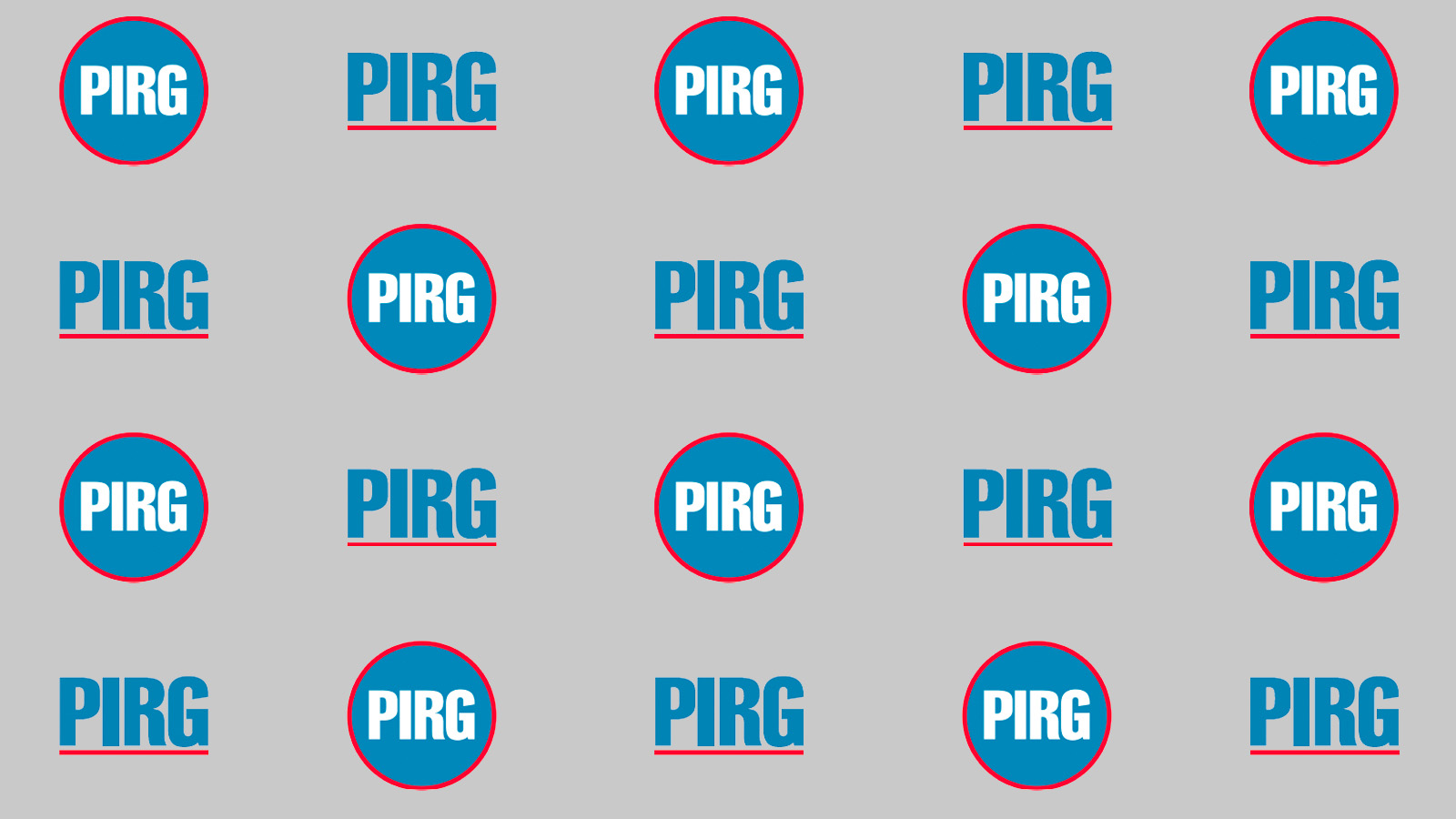
Why doctors’ offices bill patients as if they’re in a hospital – and why that should stop.
A site-neutral payment system would protect people from hospital prices in doctor's offices and save billions of dollars.

Did you know that the exact same procedure can be more expensive depending on where you have it done? Most people know that if they receive care in their doctor’s office or go to a lab or imaging center, rather than the hospital, they won’t be charged as much. But when a doctor’s office or lab can “pretend” it is a hospital, it can charge more.
Imagine you are in need of an X-ray, and you go to a hospital to have it done. Medicare and other private insurance companies typically pay more for these services because the facility can bill the X-ray as a “hospital” procedure. The billing code for a service in a “hospital” is different from the billing code for the same service done in a regular doctor’s office or imaging center. These hospital billing codes allow for higher payments to support hospital infrastructure such as intensive care units, specialized equipment, highly trained nursing staff, and other expenses a fully-staffed hospital must incur. Another added cost to a service provided in a hospital is a “facility fee”, a flat fee which was originally meant to offset these extra costs of ‘maintaining the facility’ of a hospital.
Hospital-based services are therefore much more expensive, even though the procedure, test, or examination might look and feel exactly the same.
That’s why a lot of people know to get their treatment in a non-hospital location – same service but for much less.
But these days, even non-hospital locations have been charging hospital prices, using hospital billing codes.
Why?
Large hospital systems are consolidating – rapidly acquiring doctor’s offices, private practices, clinics, labs, and imaging centers. That means that these non-hospital locations can now use the acquiring hospital’s billing code.
What used to be billed as a doctor’s visit can now be charged a hospital rate.
And that means higher prices. Now, our insurers are paying more and patients are experiencing higher out-of-pocket costs in their deductibles and coinsurance. A regular doctor’s appointment and even routine lab work may quickly become much more expensive – for our insurers and for our part of the bill.
The worst part is that most patients are unaware of these price hikes until after they receive their bill.
Patients who have been getting the same treatment from the same provider for years may suddenly get a much larger bill and a higher out-of-pocket charge simply because a hospital recently bought their doctor’s practice. Now that doctor’s office bills as if it is a hospital.
The answer here is plain and simple: health care prices should reflect the services provided, not the business ownership of where the service is given. It’s called “site-neutral payments.”
The federal Medicare program took some initial steps to solve this problem in 2015 when they established a site neutral payment system. This created a standard payment for certain services regardless of where patients are treated. But the program was limited to new off-site hospital locations. Existing sites could continue to charge hospital rates, even though the site is not an actual hospital.
It’s time to expand the site neutral payment policy to more procedures and more settings.
Lawmakers from both sides of the aisle expressed their support in a recent April 2023 hearing. Representative Cathy McMorris Rodgers said “this is the right thing to do for patients.” While this policy currently applies to Medicare Part B and is projected to save more than $100 billion, it is beginning to make waves in private insurance as well. In the next decade, a broader site neutrality policy could save nearly $500 billion for the federal government, insurance companies, and patient out-of-pocket costs alike.
Unfortunately, hospitals and the consolidated health systems that own them, strongly oppose the push for site neutrality, arguing some hospitals need the financial boost. But why should patients who are doing the right thing by getting care in the least expensive setting be penalized with hospital prices? Blood work in the doctor’s office shouldn’t be paying for an ICU across town. Congress should expand site neutral payments – not just in Medicare but for private insurers as well.
Topics
Authors
Patricia Kelmar
Senior Director, Health Care Campaigns, U.S. PIRG Education Fund
Patricia directs the health care campaign work for U.S. PIRG and provides support to our state offices for state-based health initiatives. Her prior roles include senior policy advisor at NJ Health Care Quality Institute, associate state director at AARP New Jersey and consumer advocate at NJPIRG. She was appointed to the Ground Ambulance and Patient Billing Advisory Committee in 2022 and works with patient advocates across the U.S. Patricia enjoys walking along the Potomac River and sharing her love of books with friends and family around the world.
Cynthia Ma
Health care campaigns intern, Summer 2023
Cynthia Ma is a student at the University of Chicago. She is passionate about accessibility and fair pricing of health care for patients.
Find Out More

OSPIRG Federal Lobby Day: Bills in Congress would tackle microplastic pollution and health care price transparency

Consumer Protection Week 2024: Empowering Consumers in a Complex Marketplace

PIRG’s warmest wishes for a safe and happy new year
